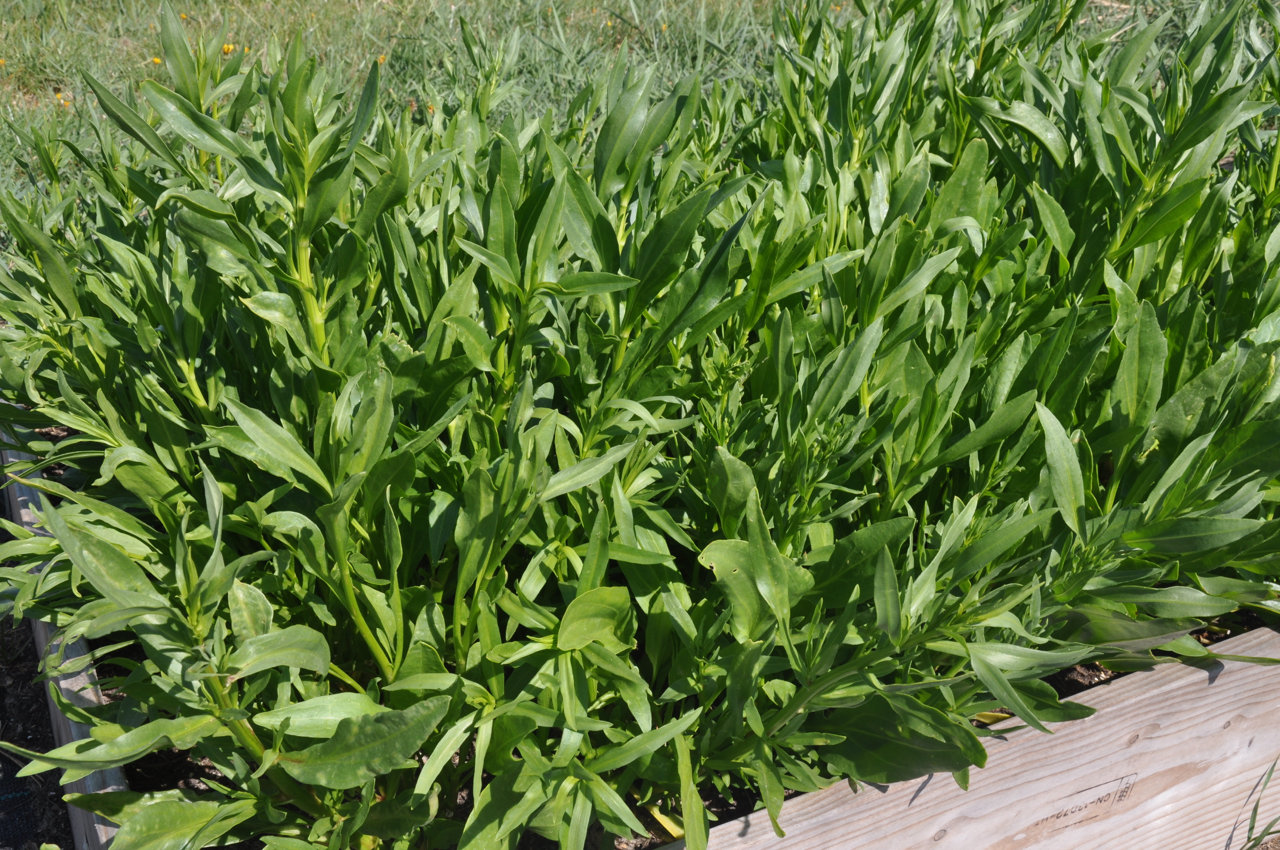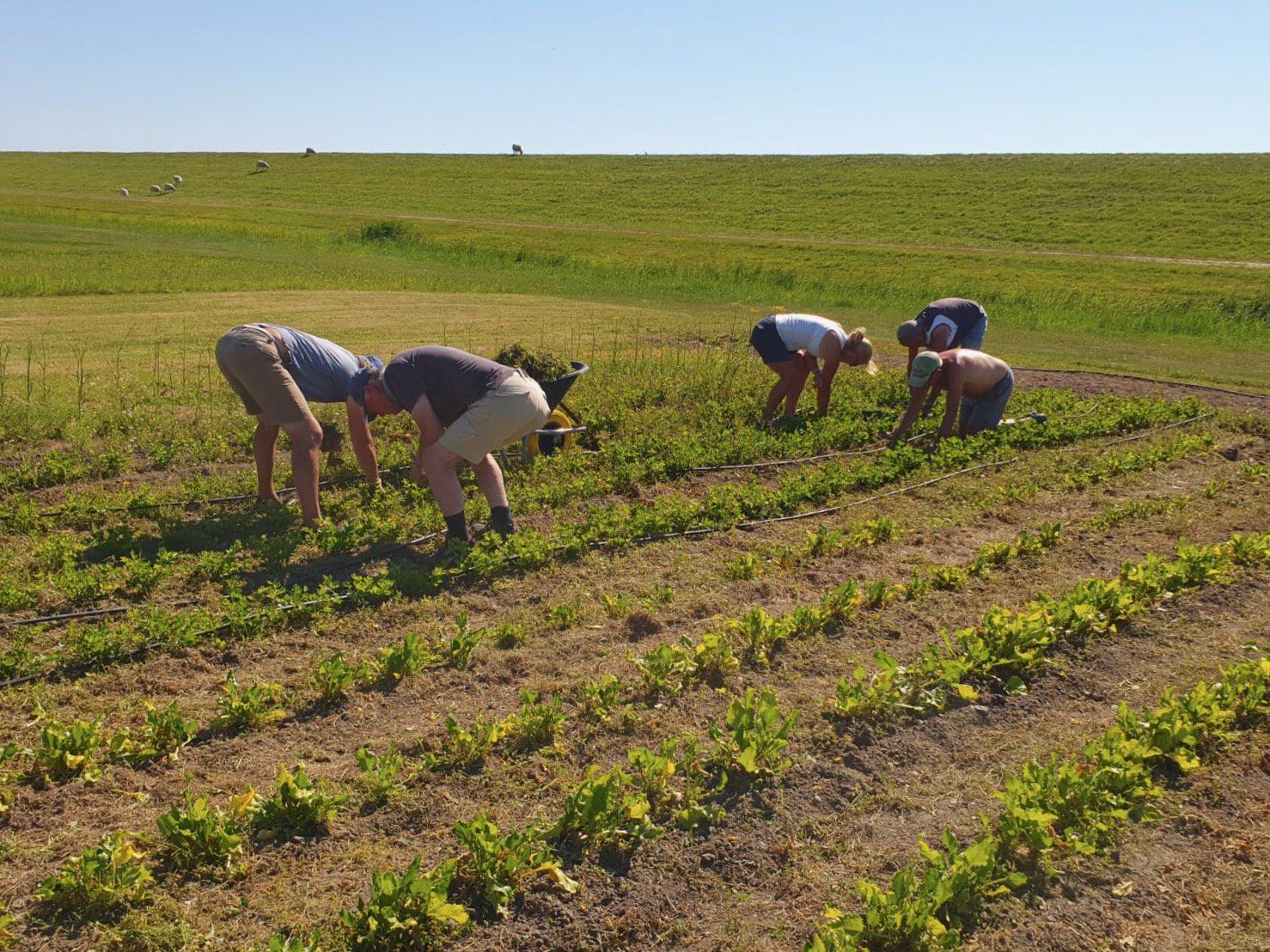Salinization is unlikely to pose a threat to food security in Northern Europe, as it does in other parts of the world. But adapting to saltier conditions can make the food system more resilient.
“It’s more the matter of food sustainability,” says Negazc. “We want to diversify our diet. We want to use the crops that are maybe underused now.”
Recent research has found that certain crops have a higher tolerance to salt than was previously understood. Through a combination of cultivation practices, irrigation techniques and crop selection, it’s possible to continue to produce food in salt-affected areas.
“A lot more is possible than is currently recognized,” says Bas Bruning, a saline agriculture expert with The Salt Doctors, a Netherlands-based social enterprise that helps farmers in regions around the world adapt to salinity.
Many varietals of potatoes, beets and carrots are proving to grow very well, according to Bruning, who, with his colleagues, has tested crops for salt tolerance on another northern Dutch island, Texel. Onions and leeks tend to have a lower tolerance for salt. Salty conditions also change the characteristics of crops. Tomatoes taste sweeter. Cucumbers and okra, on the other hand, can end up mushy. For all types of crops the team has tested, some varietals have higher tolerance than others, and the results vary depending on the level of salinity they’re exposed to.


New understanding of the salt tolerance of crops can help growers make choices in the face of salinity. During a Salt Doctors project in Kenya, switching carrots to a salt-tolerant variety doubled the yield, according to Bruning. A project in Egypt involving eight types of potatoes on salt-affected lands found that crop yields increased by an average of 40 percent by using compost. There are also social impacts: In a project that trained 5,000 Bangladeshi farmers in saline agriculture practices, food security, gender equality and household income improved.
While saline agriculture is showing a lot of promise, there are limits. In places that irrigate using brackish water, the soil must be leached occasionally to avoid salt accumulating too much. If the salt levels are too high, it’s not feasible to grow crops in those locations.
The development of saline agriculture practices means that it’s possible to keep farming in saline areas, rather than converting new land for cultivation.


“If you can develop and learn a method in which you can use degraded lands again to grow food, that means that in another area in the country or somewhere else in the world, you don’t need to cut down a forest or you don’t need to change a biodiverse rich area into an agricultural field,” van Tongeren says. “In that way, you save land that has other purposes.”
At the same time that researchers and farmers are learning more about the salt tolerance of conventional crops, other efforts are exploring opportunities with lesser-known edible plants that thrive in saline conditions.
Halophytes, a category of vegetation that naturally grow in salty coastal areas, are not widely cultivated and eaten now. But small projects like De Zilte Smaak are raising their profile in the Netherlands.

